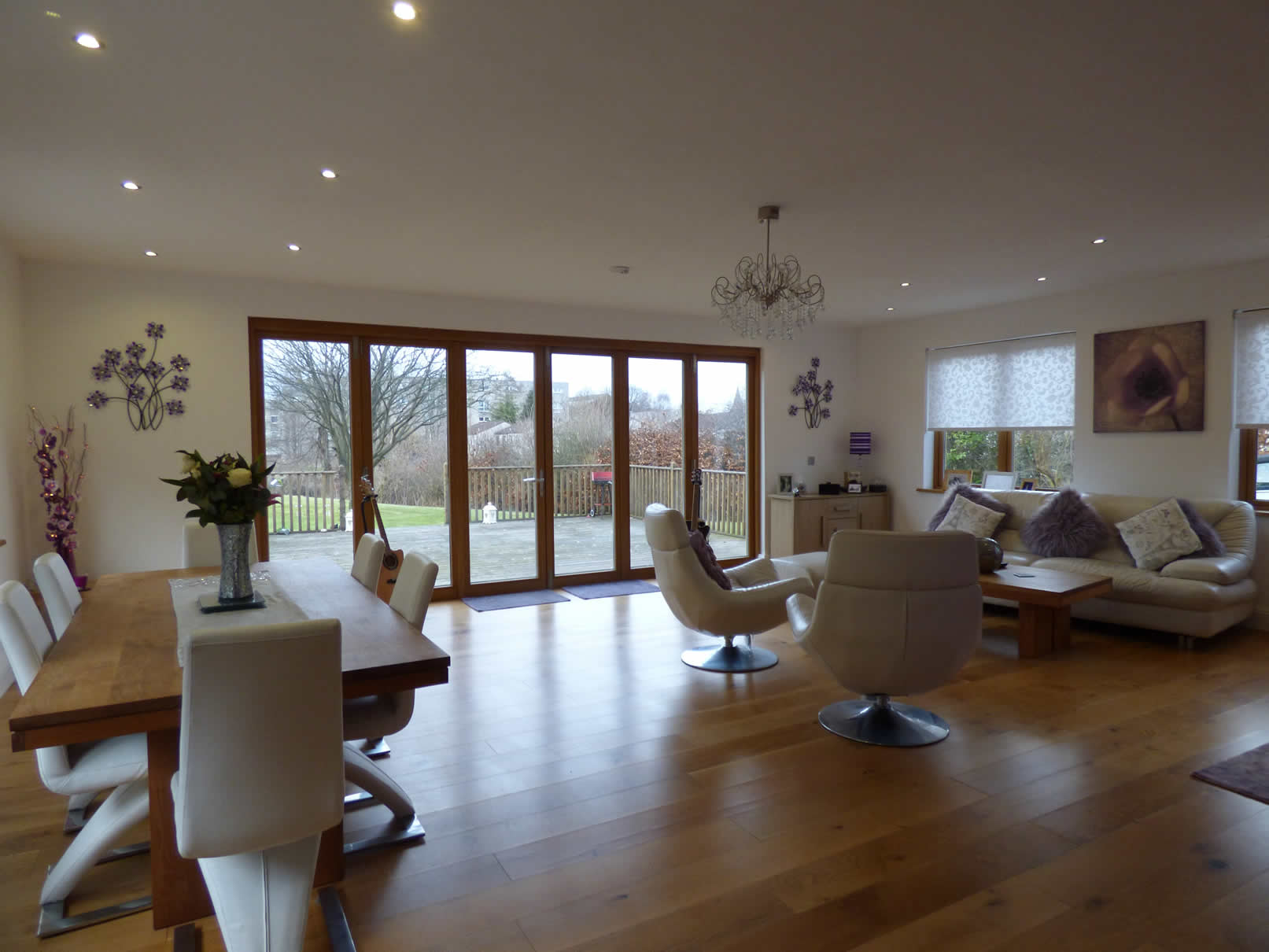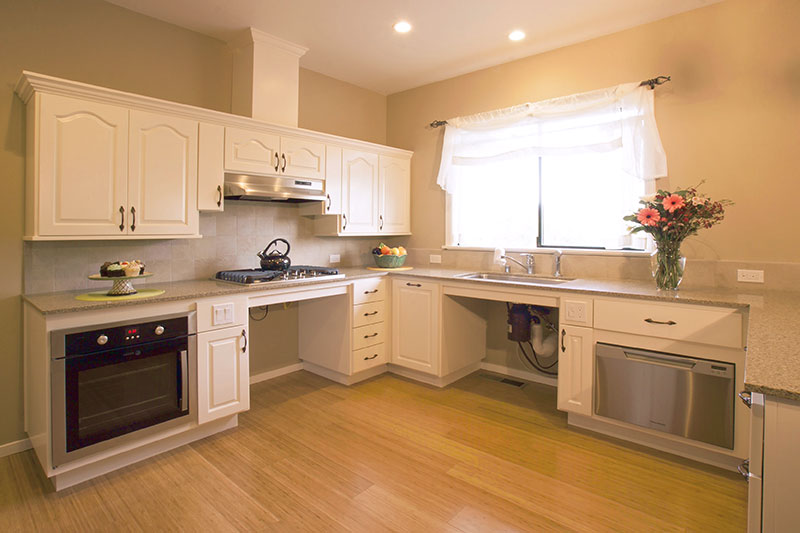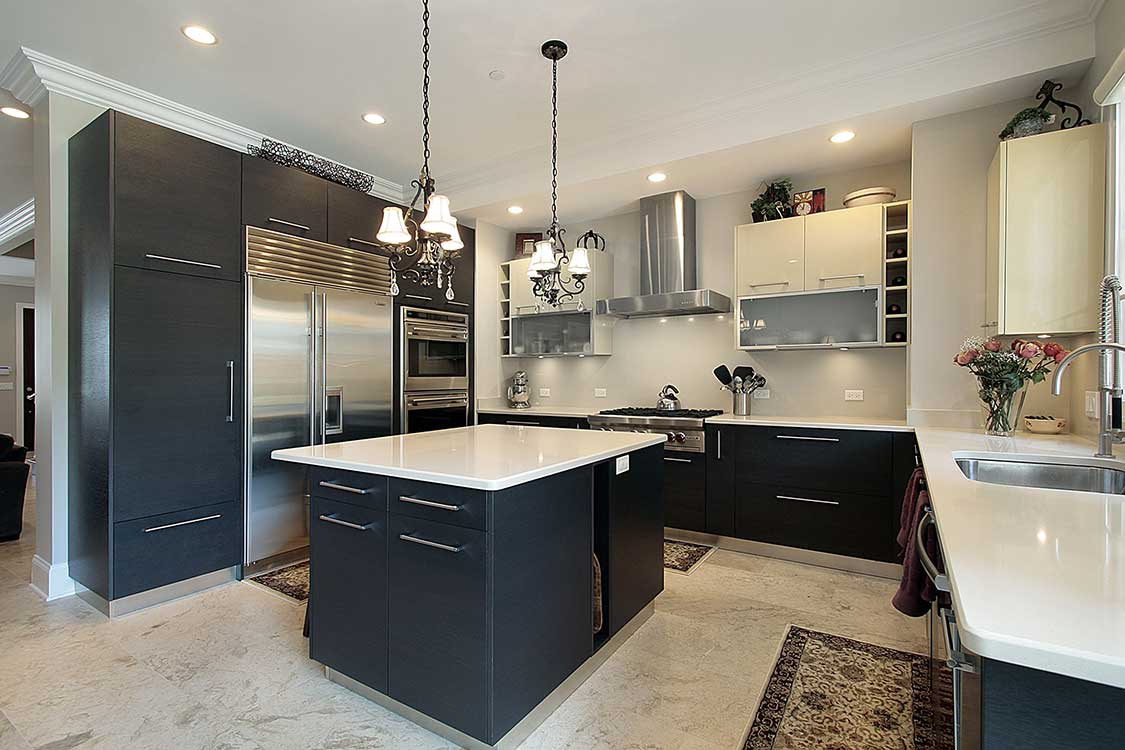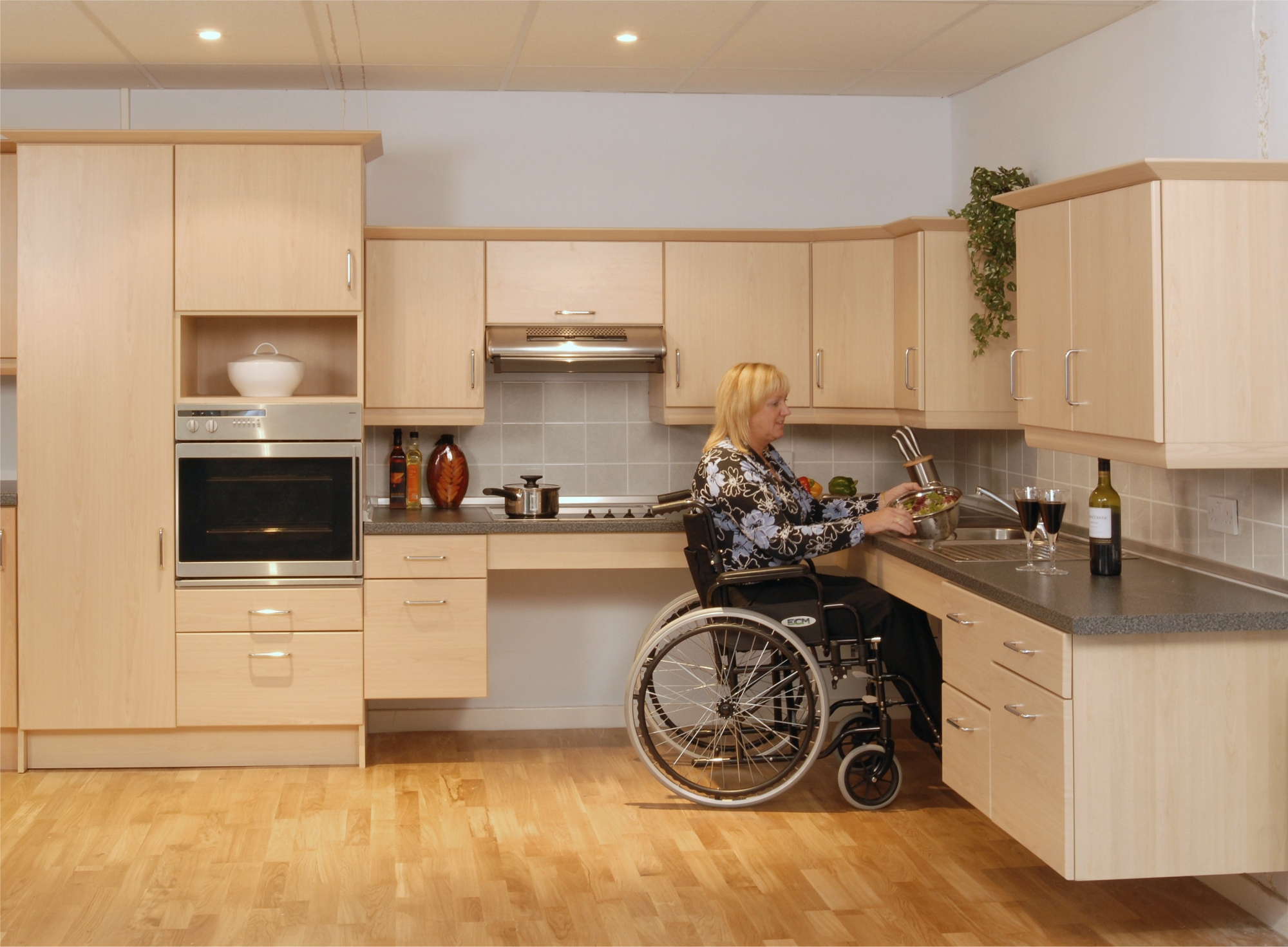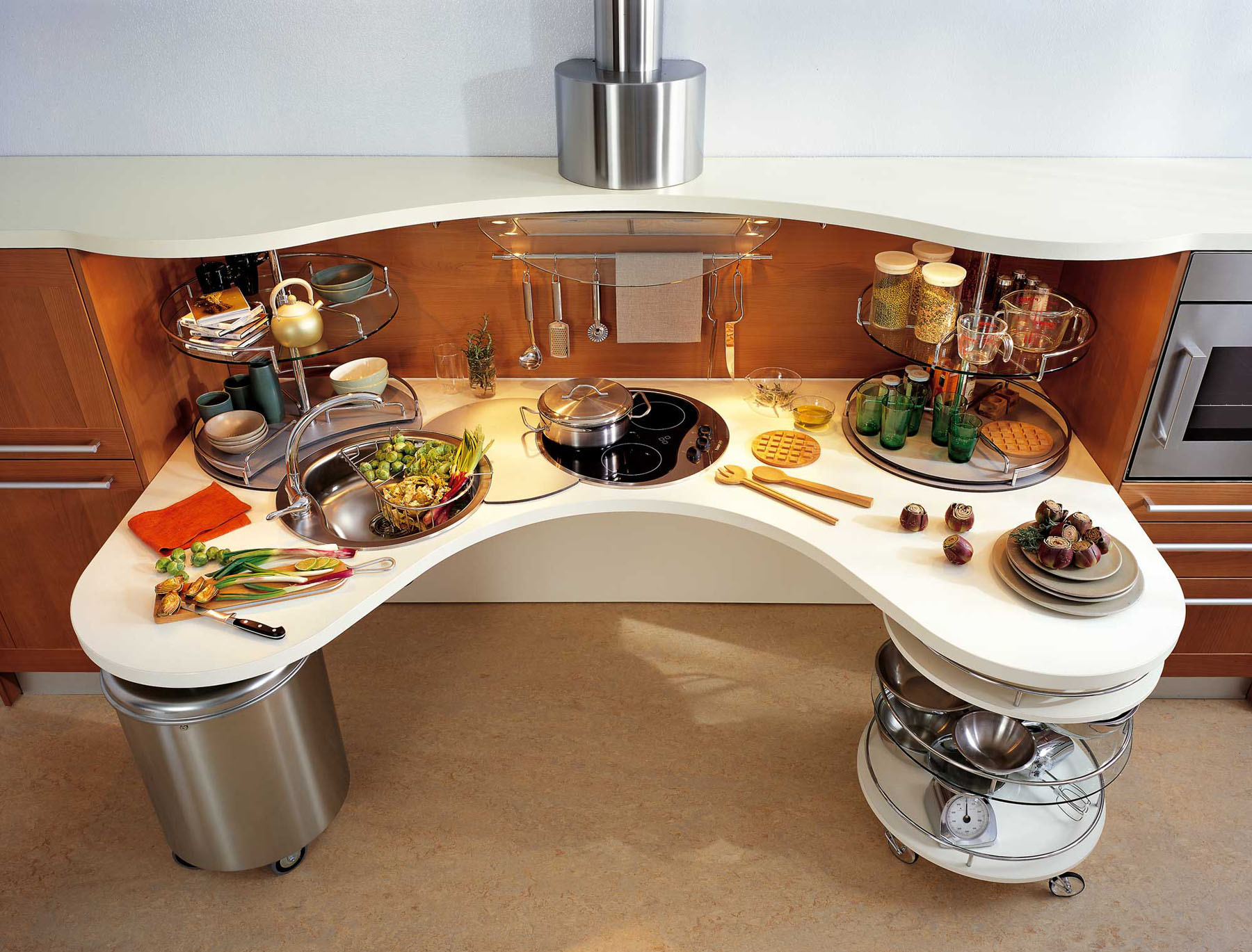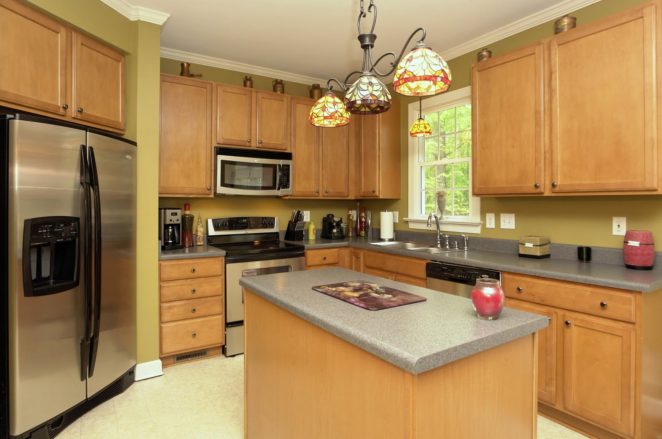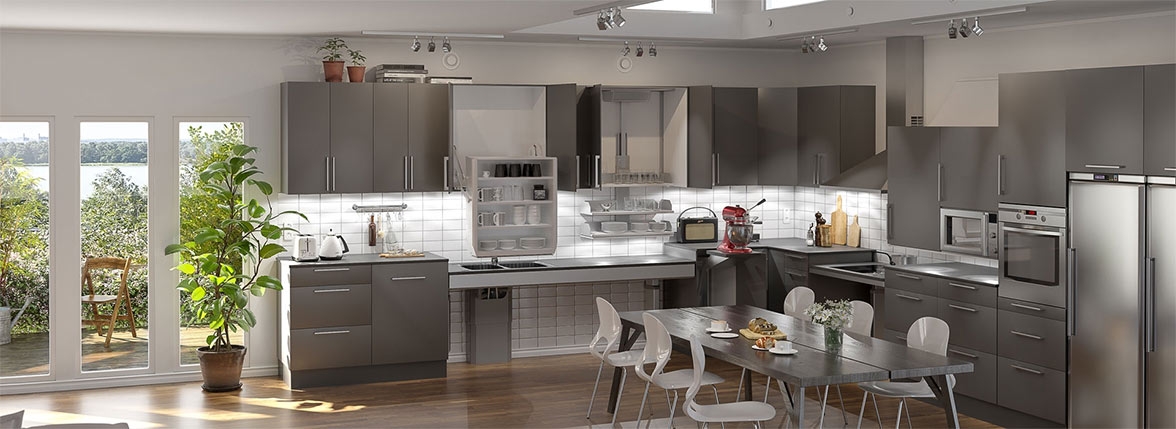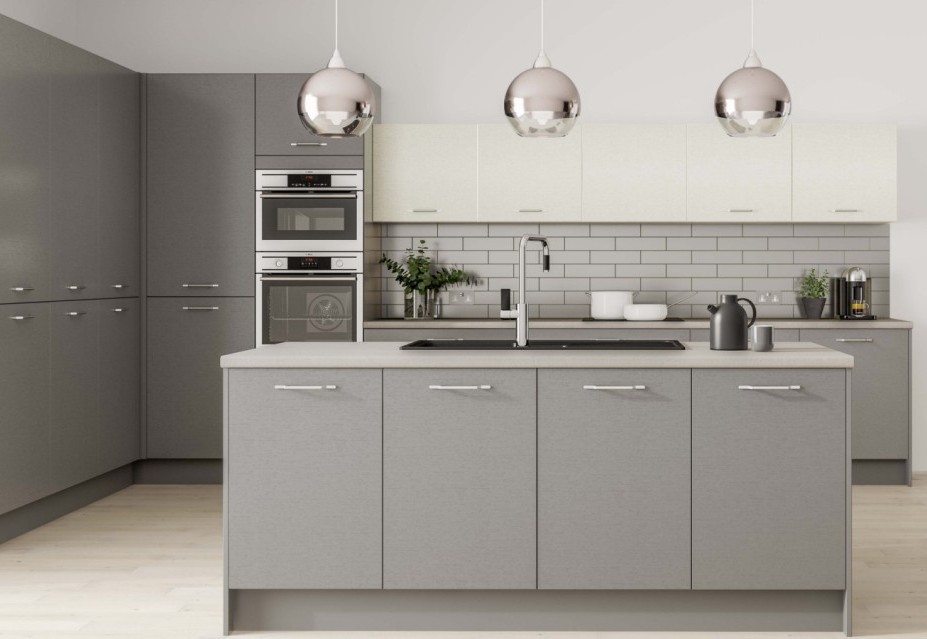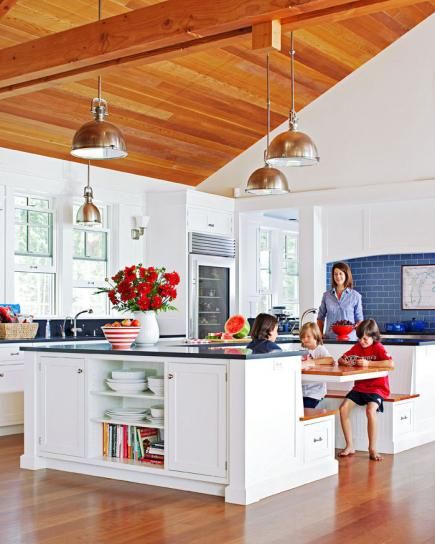Universal design is a concept that focuses on creating environments that are accessible and functional for people of all ages and abilities. As we age, it becomes increasingly important to have a living space that can accommodate our changing needs. This is where aging in place design comes into play, specifically in the kitchen. In this article, we will explore the top 10 aging in place kitchen design ideas that promote independence, safety, and comfort for seniors.Universal Design for Aging in Place
When it comes to kitchen design for aging in place, the key is to create a space that is easy to navigate and use. This means incorporating features that are ergonomic and senior-friendly, while also being aesthetically pleasing. One of the main considerations in aging in place kitchen design is accessibility.Kitchen Design for Aging in Place
Accessibility is crucial in aging in place kitchen design to ensure that seniors can easily and safely use their kitchen. This includes features such as lowered countertops, pull-out shelves, lever-style handles, and touchless faucets. These small changes can make a big difference in the usability and functionality of the kitchen for older adults.Accessible Kitchen Design
Another important aspect of aging in place kitchen design is ergonomics. This refers to the design of the space to minimize strain and fatigue on the body. For seniors, this can mean incorporating features such as pull-out drawers instead of cabinets, easy-to-reach shelves, and adjustable height countertops. By making these changes, seniors can continue to use their kitchen comfortably and safely.Ergonomic Kitchen Design
A senior-friendly kitchen design takes into consideration the physical limitations that come with aging. This means incorporating features such as anti-slip flooring, good lighting, and handrails to prevent falls and promote safety. In addition, having wide pathways and open spaces in the kitchen can accommodate mobility aids such as walkers or wheelchairs.Senior-Friendly Kitchen Design
For seniors with limited mobility, barrier-free kitchen design is essential. This means eliminating any obstacles or barriers that may make it difficult for seniors to move around and use their kitchen. This can include sliding doors instead of swinging doors, lowered light switches, and accessible appliances with front controls.Barrier-Free Kitchen Design
As we age, our needs and abilities may change. This is why adaptable kitchen design is important in aging in place homes. This means incorporating features that can be easily modified or adjusted to meet the changing needs of seniors. This can include removable cabinet shelves, adjustable height countertops, and pull-down shelves for upper cabinets.Adaptable Kitchen Design
An inclusive kitchen design is one that takes into consideration the needs of all individuals, regardless of age or ability. This type of design is not only beneficial for seniors, but it can also be useful for people with disabilities or those recovering from an injury. This can include features such as easy-to-use appliances, accessible storage, and good lighting throughout the kitchen.Inclusive Kitchen Design
The goal of aging in place design is to promote independence and allow seniors to continue living in their own homes. This is why independent living kitchen design is crucial. This type of design focuses on creating a space that is safe and easy for seniors to use without assistance. This can include features such as pull-out shelves, easy-to-use appliances, and good lighting to promote independence in the kitchen.Independent Living Kitchen Design
For seniors with limited mobility, mobility-friendly kitchen design is essential. This means incorporating features that make it easier for seniors to move around and use their kitchen. This can include lowered countertops, accessible storage, and good lighting to create a safe and functional space for seniors to use.Mobility-Friendly Kitchen Design
The Importance of Age in Place Kitchen Design

Designing a Kitchen for Aging in Place
 When it comes to designing a kitchen, there are many factors to consider. From aesthetics to functionality, every detail plays a crucial role in creating a space that meets the needs and preferences of the homeowners. However, for those who are looking to age in place, kitchen design takes on a whole new level of importance.
Age in place kitchen design
is becoming increasingly popular as more and more people choose to stay in their homes as they age. This concept focuses on creating a kitchen that is not only visually appealing but also safe and accessible for individuals with limited mobility. With the right design, an aging individual can continue to prepare meals and enjoy the heart of their home without the risk of accidents or injuries.
When it comes to designing a kitchen, there are many factors to consider. From aesthetics to functionality, every detail plays a crucial role in creating a space that meets the needs and preferences of the homeowners. However, for those who are looking to age in place, kitchen design takes on a whole new level of importance.
Age in place kitchen design
is becoming increasingly popular as more and more people choose to stay in their homes as they age. This concept focuses on creating a kitchen that is not only visually appealing but also safe and accessible for individuals with limited mobility. With the right design, an aging individual can continue to prepare meals and enjoy the heart of their home without the risk of accidents or injuries.
The Key Elements of Age in Place Kitchen Design
 When designing a kitchen for aging in place, there are several key elements to consider. These include:
1. Universal Design:
This design approach focuses on creating a space that is accessible and functional for people of all ages and abilities. This means incorporating features such as lower countertops, wider aisles, and easy-to-reach storage options.
2. Safety:
Safety should be a top priority in an age in place kitchen. This can include installing slip-resistant flooring, rounded edges on countertops, and proper lighting to prevent falls.
3. Convenience:
Aging in place means having all necessary items within reach. This includes easily accessible appliances, storage, and work areas. Pull-out shelves, lazy susans, and pull-down cabinets are just some examples of convenient features that can be incorporated into the kitchen design.
4. Ergonomics:
As we age, our bodies may not be as agile as they once were. When designing a kitchen for aging in place, it's important to consider the ergonomics of the space. This means placing items at the right height and ensuring that there is enough space for maneuvering a wheelchair or walker.
When designing a kitchen for aging in place, there are several key elements to consider. These include:
1. Universal Design:
This design approach focuses on creating a space that is accessible and functional for people of all ages and abilities. This means incorporating features such as lower countertops, wider aisles, and easy-to-reach storage options.
2. Safety:
Safety should be a top priority in an age in place kitchen. This can include installing slip-resistant flooring, rounded edges on countertops, and proper lighting to prevent falls.
3. Convenience:
Aging in place means having all necessary items within reach. This includes easily accessible appliances, storage, and work areas. Pull-out shelves, lazy susans, and pull-down cabinets are just some examples of convenient features that can be incorporated into the kitchen design.
4. Ergonomics:
As we age, our bodies may not be as agile as they once were. When designing a kitchen for aging in place, it's important to consider the ergonomics of the space. This means placing items at the right height and ensuring that there is enough space for maneuvering a wheelchair or walker.
The Benefits of Age in Place Kitchen Design
 There are numerous benefits to incorporating age in place design into your kitchen. Not only does it provide a safe and accessible space for older individuals, but it can also increase the value of your home. Additionally, these design principles can be beneficial for people of all ages, making your kitchen a versatile and functional space for years to come.
In conclusion, age in place kitchen design is an essential aspect of creating a home that can accommodate individuals as they age. By incorporating universal design, prioritizing safety, and considering convenience and ergonomics, you can create a kitchen that is both aesthetically pleasing and functional for years to come.
There are numerous benefits to incorporating age in place design into your kitchen. Not only does it provide a safe and accessible space for older individuals, but it can also increase the value of your home. Additionally, these design principles can be beneficial for people of all ages, making your kitchen a versatile and functional space for years to come.
In conclusion, age in place kitchen design is an essential aspect of creating a home that can accommodate individuals as they age. By incorporating universal design, prioritizing safety, and considering convenience and ergonomics, you can create a kitchen that is both aesthetically pleasing and functional for years to come.



